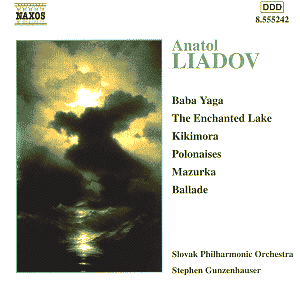 Composer: Felix Mendelssohn
Composer: Felix Mendelssohn
Works: Symphony No. 4 “Italian”, Johannes Brahms – Symphony No. 2
Performers: National Philharmonic Orchestra, Leopold Stokowski, conductor
Recording: Abbey Road, London, April-June 1977
Label: CALA CACD0531
Leopold Stokowski’s interpretation of Mendelssohn’s “Italian” Symphony and Brahms’s Second Symphony offers a window into the artistry of a conductor whose legacy remains profound, particularly in the twilight of his career. Recorded in 1977, shortly before Stokowski’s death at the age of ninety-five, this album encapsulates the vitality and clarity that defined his approach to orchestral music. The “Italian” Symphony, with its bright, exuberant character, serves as an ideal vehicle for Stokowski’s orchestral imagination, while Brahms’s more complex emotional landscape allows for a nuanced exploration of the composer’s lyrical depth.
The “Italian” Symphony is marked by its rhythmic vitality and melodic charm, qualities that Stokowski captures with remarkable precision. From the very start, the Allegro Vivace bursts forth with a buoyancy that is both invigorating and incisive. Stokowski’s tempo is judiciously chosen, allowing the orchestra to breathe and respond with a fluidity that enhances the work’s inherent exuberance. The balance between strings and woodwinds is expertly realized, each section contributing to a cohesive tapestry of sound. Noteworthy is the clarity with which the strings articulate the intricate passages, particularly in the development section, where dynamic control showcases Stokowski’s masterful command over orchestral forces.
The slow movement flows with a lyrical tenderness, where Stokowski’s interpretative choices shine through. The phrasing is imbued with a sense of yearning, and he deftly negotiates the balance between the strings and woodwinds, achieving what can only be described as near-perfect equilibrium. The Minuet and trio reveal Stokowski’s affinity for textural layering; here, the strings’ interplay is executed with delicacy, ensuring that the buoyancy of the dance remains intact without overwhelming the lighter textures. The Saltarello concludes the symphony with an exuberance that is both infectious and exhilarating, skillfully executed by the orchestra under Stokowski’s baton.
Transitioning to Brahms’s Second Symphony, we are reminded of Stokowski’s deep affinity for this composer, having recorded the complete Brahms symphonies earlier in his career. The first movement unfolds with an architectural clarity that is a hallmark of Stokowski’s style. The linearity of the thematic development is underscored by the orchestra’s robust sound, yet it never feels heavy-handed. The interweaving of motifs, particularly the clarinet’s counterpoint against the strings, is handled with a finesse that reveals Stokowski’s keen ear for orchestral color. Moments such as the beautifully balanced trumpet flourishes at 8:40 exemplify the conductor’s ability to highlight instrumental voices without losing the overall texture.
The second movement, marked by its lyrical unfolding, showcases the National Philharmonic’s sensitivity, particularly in the pizzicato passages, which are executed with remarkable precision. Stokowski’s adherence to the non troppo marking allows for a natural development of the melodic line, leading to an emotionally resonant climax. His attention to detail in this movement, as well as in the following Allegretto, demonstrates a profound respect for Brahms’s intentions, allowing the music to breathe while still maintaining a forward momentum that is compelling.
This recording is not merely a testament to Stokowski’s enduring artistry but also serves as an exemplary document of a conductor at the zenith of his interpretative powers. The engineering quality of the recording captures the vibrant sonority of the National Philharmonic Orchestra, allowing each instrument to shine while retaining the overall cohesion of the ensemble. The clarity of sound, combined with Stokowski’s meticulous attention to texture and dynamic contrast, elevates this performance above many contemporaneous recordings.
Stokowski’s performances of both Mendelssohn and Brahms here reveal a musician who, despite advanced age, retained an extraordinary vitality and insight. His interpretative choices are informed by a lifetime of experience, yielding performances that are both fresh and deeply considered. The interplay between his vision and the orchestra’s execution results in a compelling listening experience that resonates with both historical significance and artistic integrity. The recording stands as a remarkable testament to Stokowski’s legacy, capturing the essence of two masterpieces with an artistry that is as noble as it is profound.



